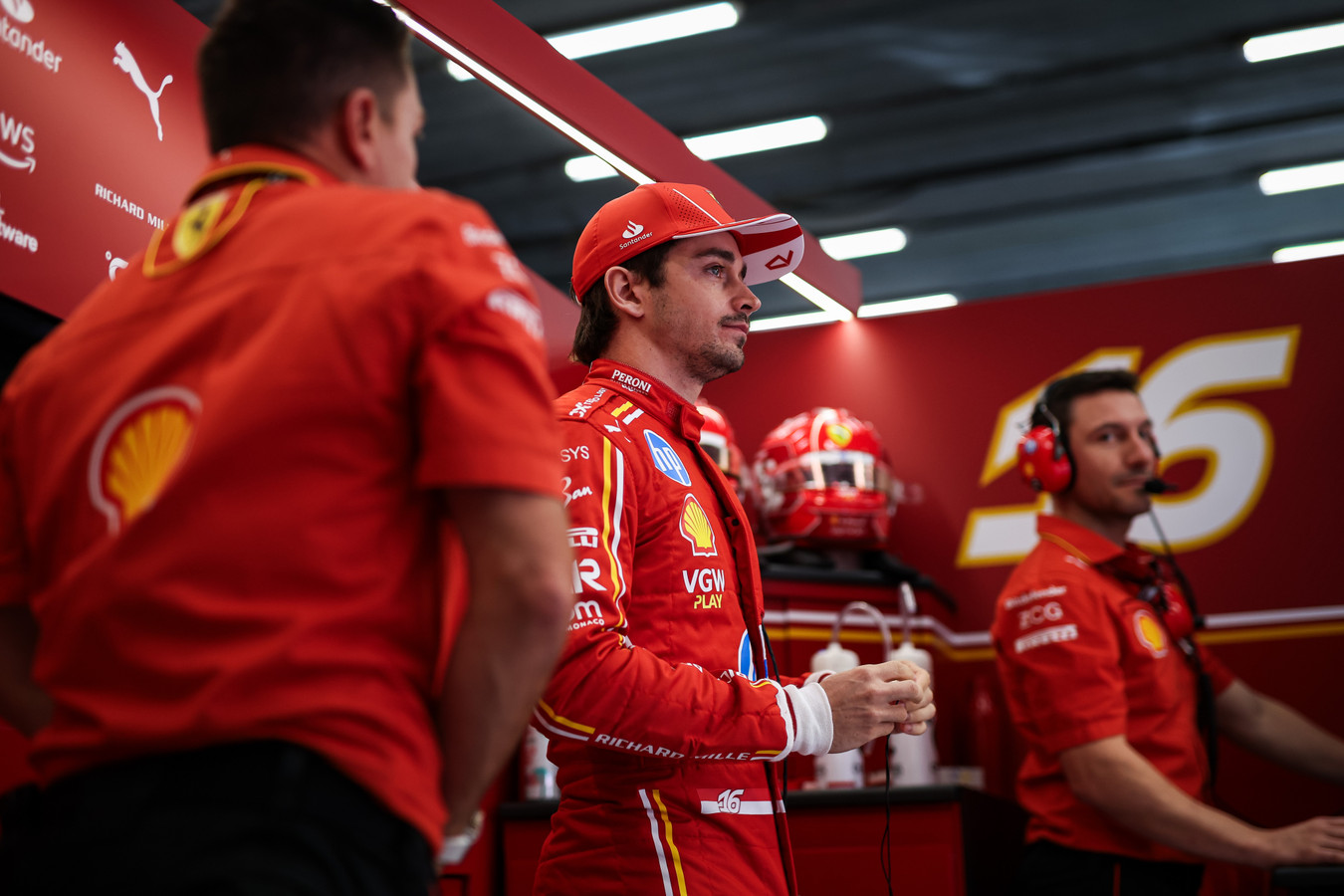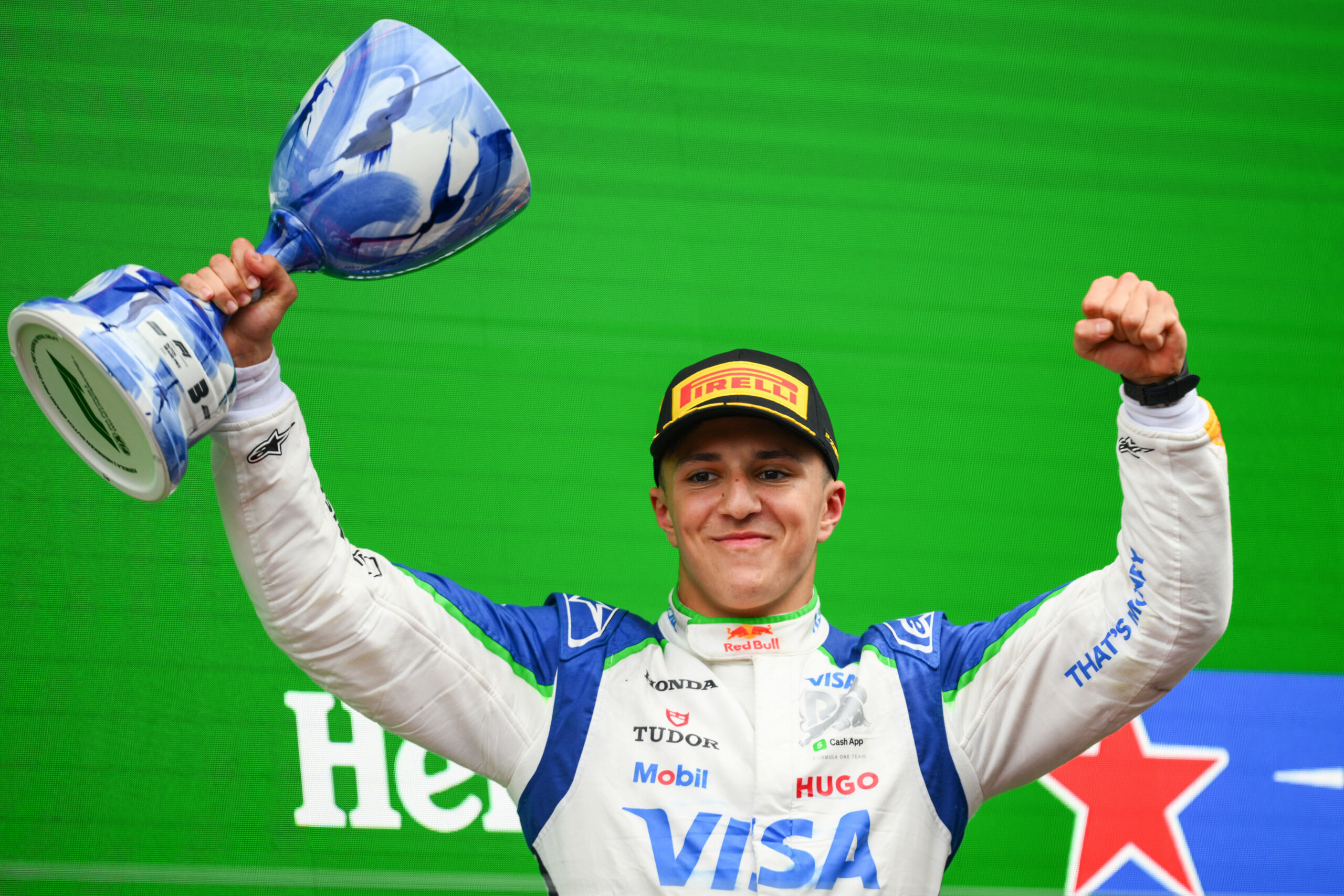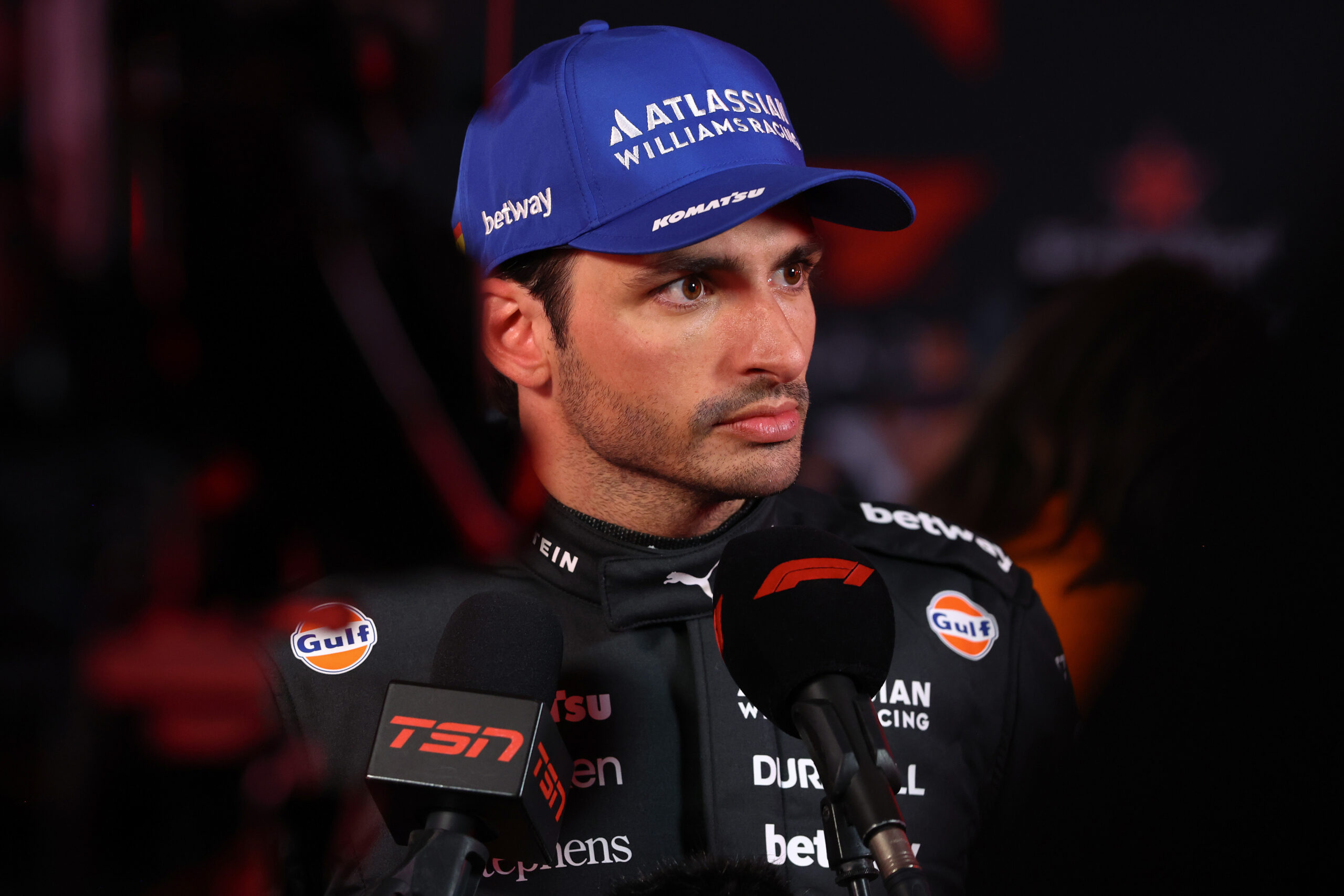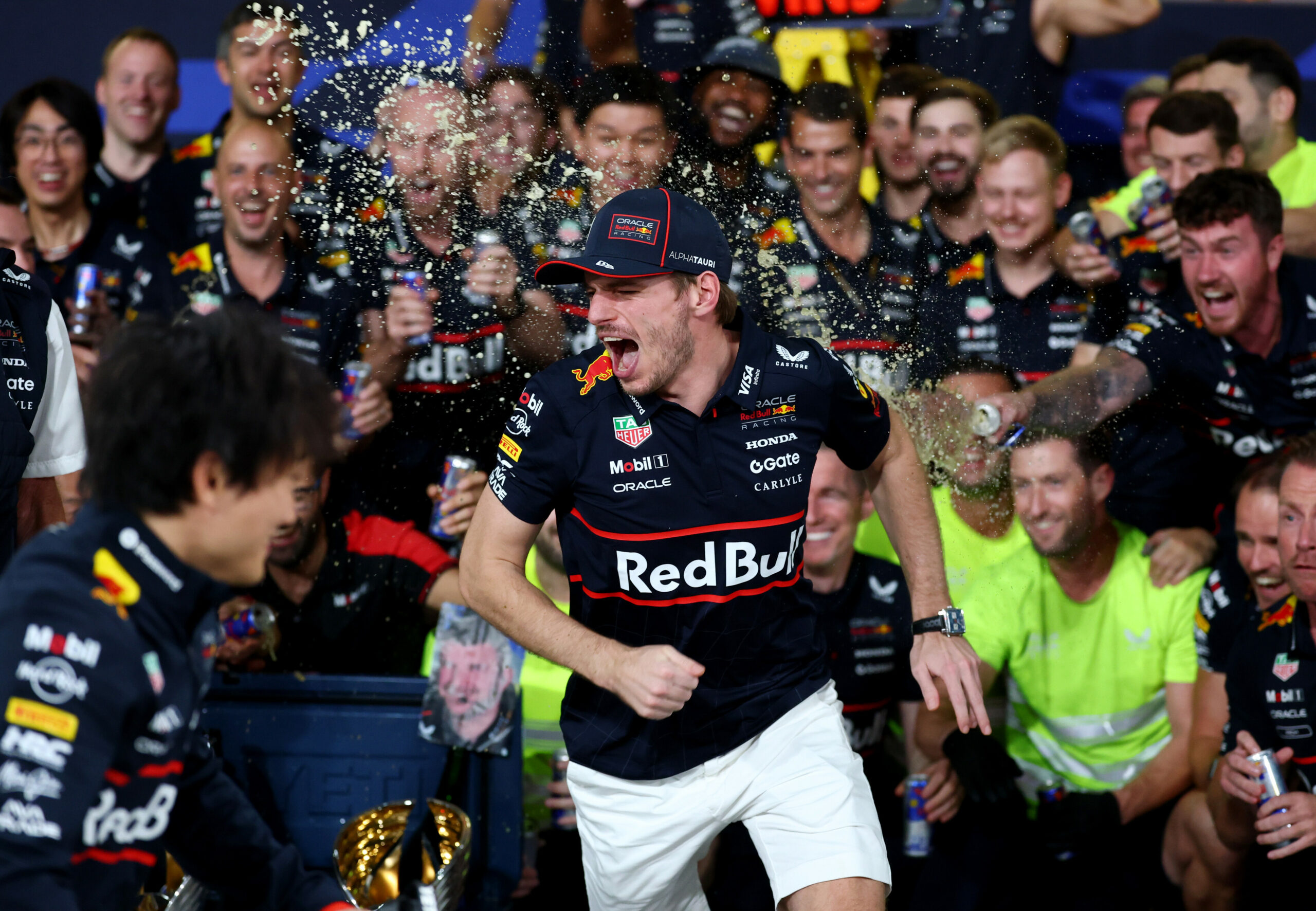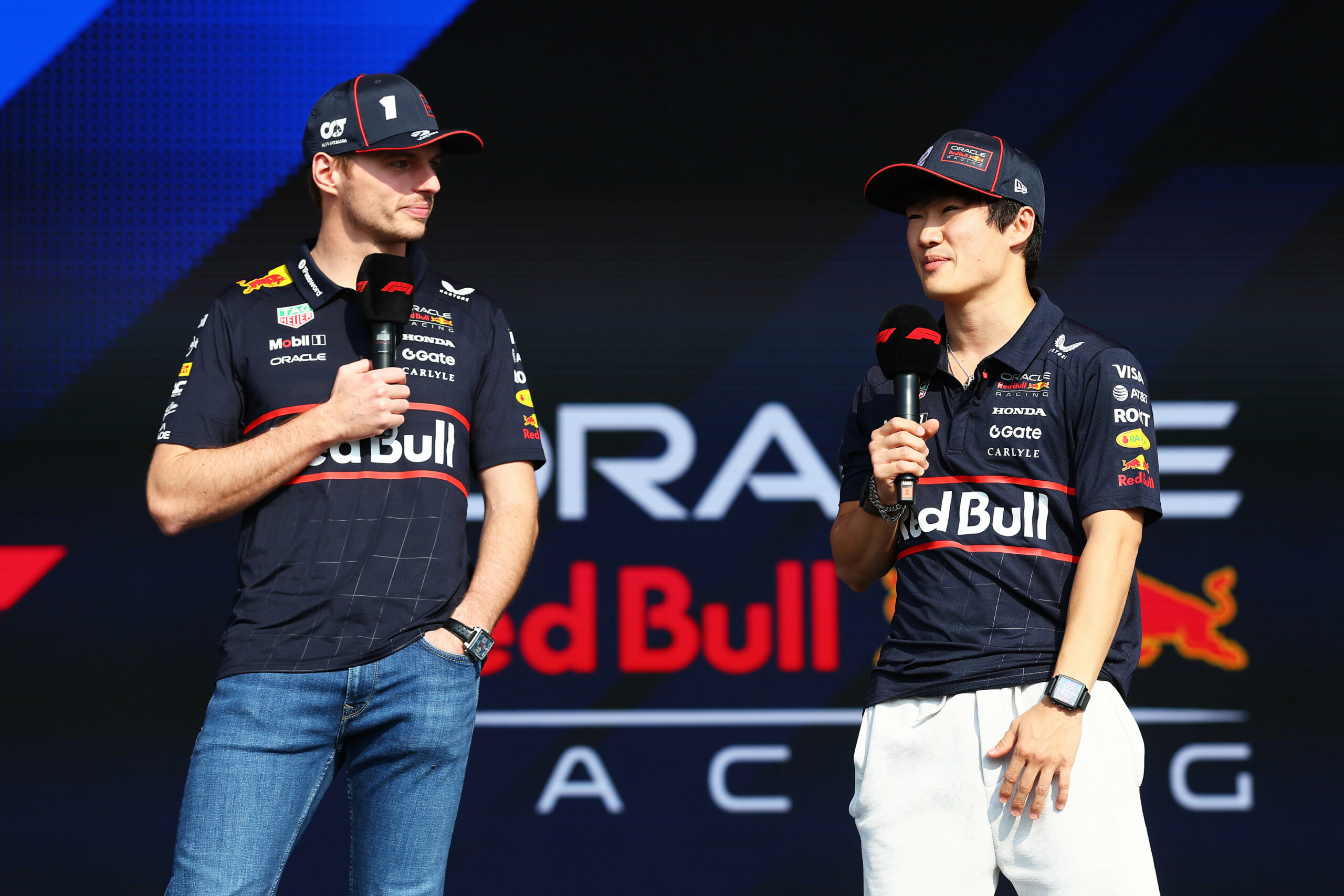As Formula 1 expands to new horizons with regulation changes and expanded sprint formats, Scuderia Ferrari driver Charles Leclerc offered his grounded and rather deeply traditional thoughts on these changes that come alongside a modern spin, in which he questioned whether F1 is losing those unique qualities that make the sport truly special.
The Ferrari driver shared his thoughts, speaking on potential reverse grid races, the increase to 12 sprint races per year starting in 2027, and his first impressions of the 2026 regulations after simulator testing.
The sprint expansion and changes
When it comes to an expanded sprint calendar, like many drivers, Leclerc didn’t shy away from expressing his reluctance toward what is a thrilling spin to race weekends; but in moderation — the current sprint count of six is enough to keep everyone entertained; however, the idea of an additional six made the driver question the authenticity of the decision.
“The amount of sprint races we have at the moment is good enough. I wouldn’t want to go more than that.” He shared. The Scuderia driver appeared especially hesitant when considering the prospect of a reverse grid concept on the race weekends, “reverse grid… I don’t know, not on a normal weekend, at least.”
If anything, he found it potentially suitable for a sprint weekend, “on a sprint weekend, why not consider it for the sprint race? But it’s really not something I see as part of Formula 1’s DNA.”
His comments come amid reports that F1 is evaluating more aggressive sprint weekend changes, potentially including reverse grid formats for sprints and new qualifying structures in a bid to improve entertainment value.
But for Leclerc, there’s a risk in fixing something that isn’t broken. “I think the way Formula 1 is at the moment is where I think it should stay. I don’t think we’ve got to reinvent anything.” Implying that taking away the traditional and special factor of the sport that makes it authentic won’t do any justice.

Adapting to 2026 regulations
On the subject of 2026’s regulation overhaul, Leclerc admitted he was initially skeptical about the new cars, but noted that recent development in the simulator has improved his stance:
“Since the last time I commented on it, it’s definitely gone for better… The rate of improvement is very impressive.” Still, the Monegasque was quick to acknowledge the seismic challenges and shifts that these regulations would entail, like driving style and overtaking.
“It’s going to be a huge change. Some things are going to be very difficult to change, and we’ll just have to adapt… The way we will fight is going to be very tricky.”
However, he kept his humour intact when focusing on his likeability toward these regulations if they end up working in the team’s favor, “I take that as a challenge. I’m sure that if we win, I’ll absolutely love those regulations. If we don’t, then it might be a very long few years.”
Bringing back the classic engines
Perhaps the most nostalgic moment of Leclerc’s remarks came when he spoke about his dream scenario for F1’s engine future, noting how much he misses the emotional and visceral presence of the old V8s and V10s – the special wow factor that made the classic sport so memorable.
“Much more noise would be really appreciated… That’s what made me fall in love with the sport.”
Recalling memories of the cars screaming through the streets of Monaco in his youth, Leclerc said today’s hybrid power units lack the soul that made F1 special to him growing up: “It gave me chills… Now I don’t think you kind of have that feeling anymore, which is a shame.”
While Formula 1 shifts to embrace entertainment value and a diverse audience, Leclerc’s comments bring out the authenticity that makes this series iconic, a desire for the sport to retain its raw emotional core, while focusing on the drastic overhaul that 2026 has in the cards.

